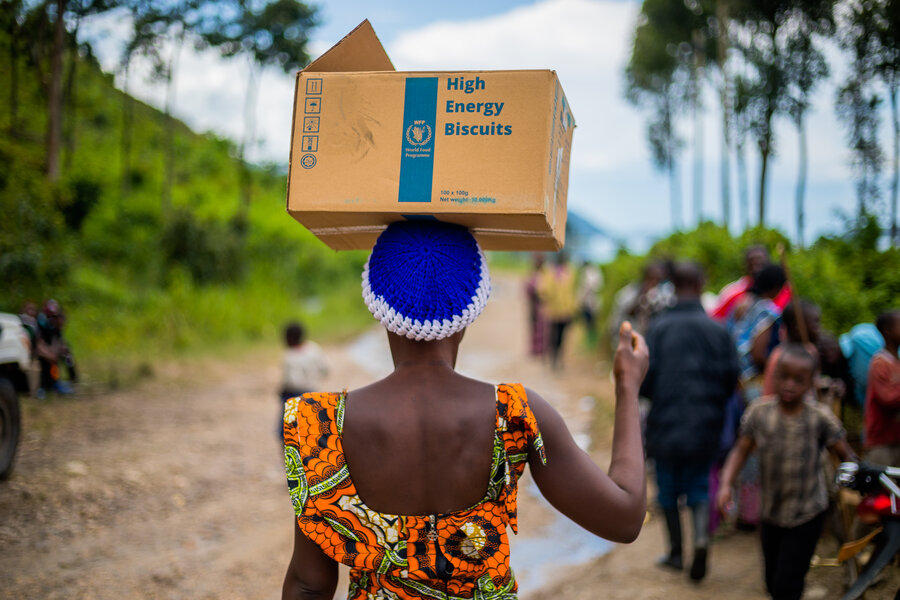
1.
WFP is the world's largest humanitarian agency saving lives in emergencies and using food assistance to build a pathway to peace. We work in over 120 countries and territories, and assisted 152 million people in 2023 - 53 percent of whom were women and girls.
2.
Each day we can have nearly 5,000 trucks, 20 ships and 132 planes the move, delivering food and other assistance in some of the most remote and challenging parts of the world.
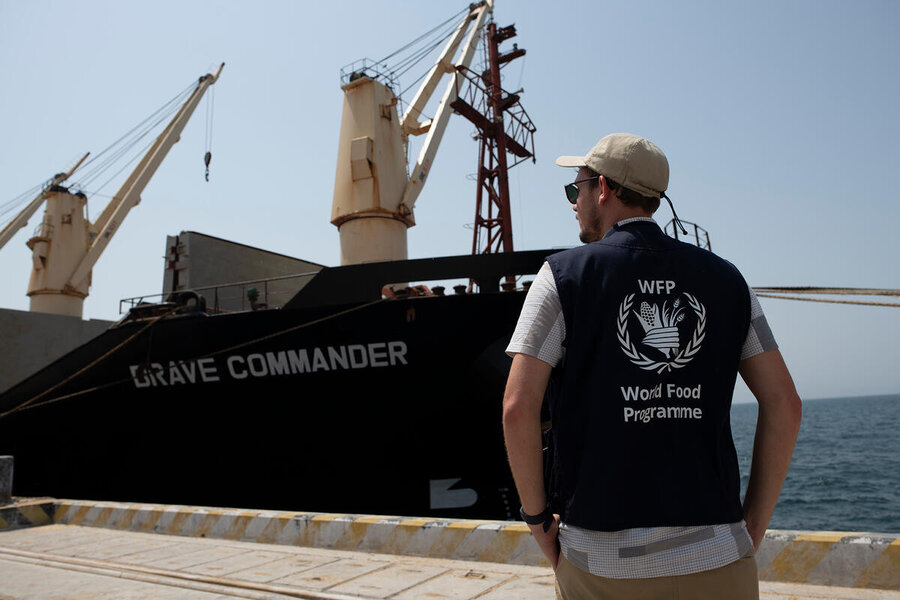
3.
WFP is the frontline agency responding to emergencies caused by conflict, climate shocks, pandemics and other disasters. We responded to 47 sudden-onset emergencies in 32 countries in 2023.
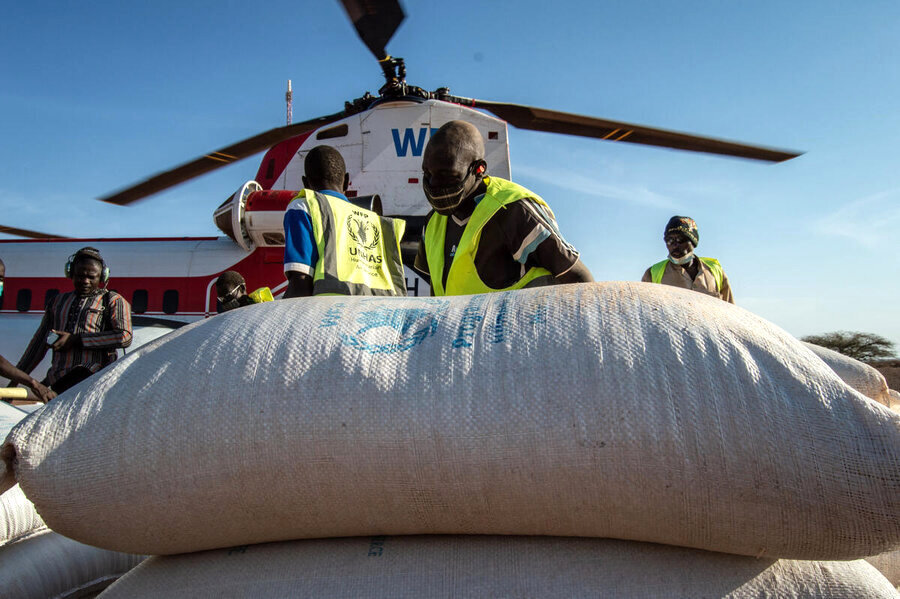
4.
We provide school meals to over 21 million children, improving both their nutrition and their access to a potentially life-changing education. A total of 65 countries made new commitments to school-based programmes, or strengthened existing commitments, in their national policies in 2023.
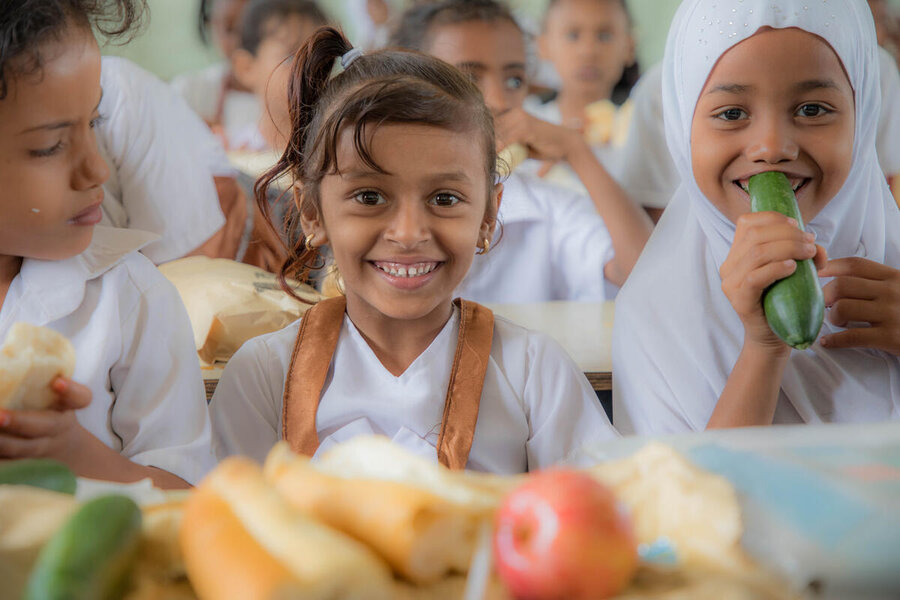
5.
We received US$8.3 billion in contributions in 2023, with a record 64 percent shortfall against needs of US$22.8 billion. We need to bridge this gap to meet soaring demands and prevent further ration cuts across crisis-hit countries.
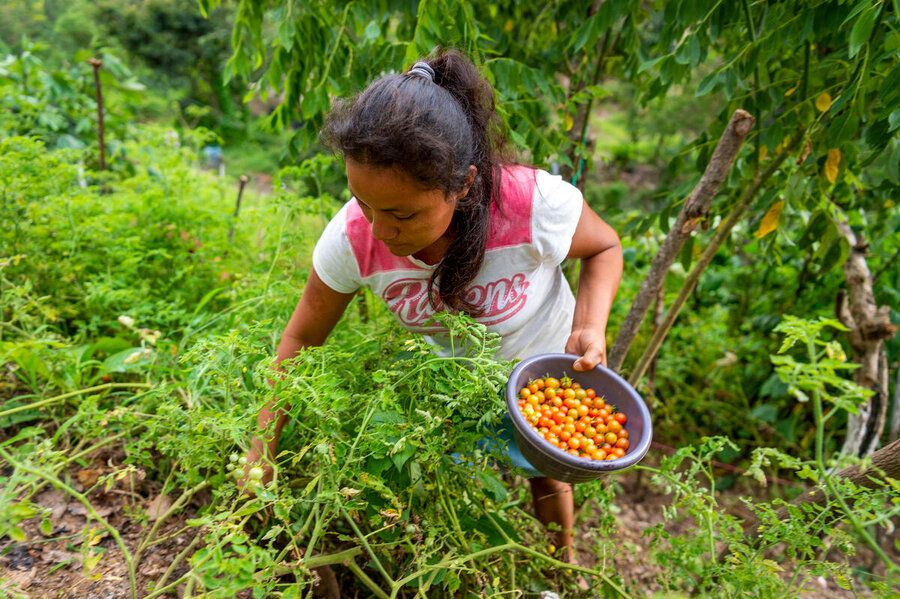
6.
WFP sourced 90,000 metric tons of food worth US$56 million from smallholder farmers in 24 countries in 2023.
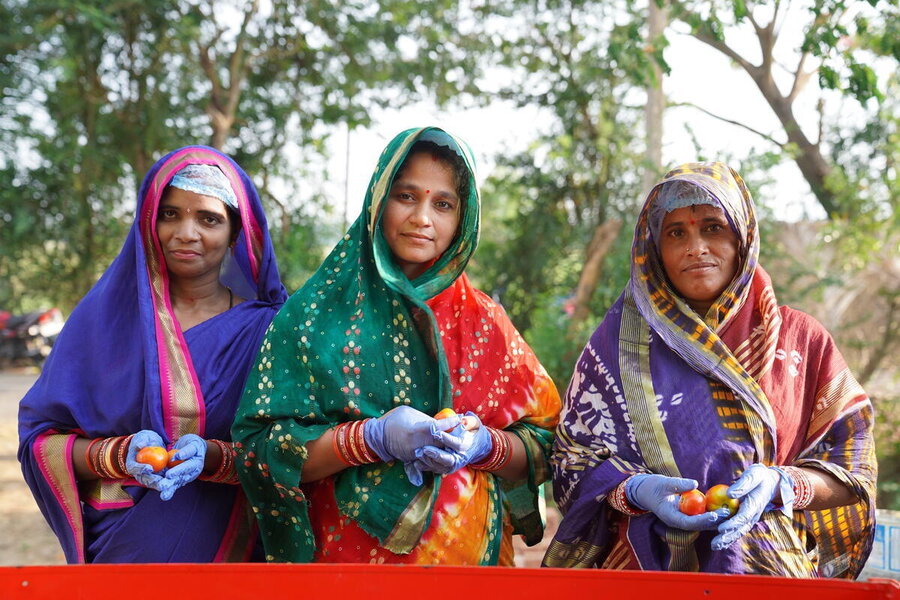
7.
In 2023, WFP supported 9 million people through asset creation and livelihood activities. This included the rehabilitation of 377,000 hectares of land, the planting of more than 4,200 hectares of forest, and the repair or building of more than 7,200 km of roads and trails.
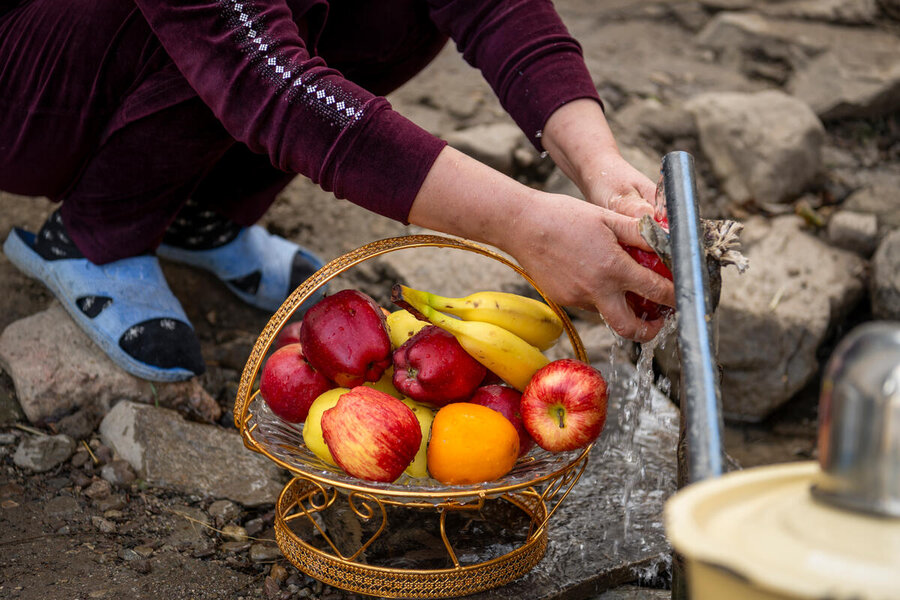
8.
WFP delivered 3.7 million metric tons of food to nearly 101 million people - two thirds of all the people we supported - in 72 countries in 2023.
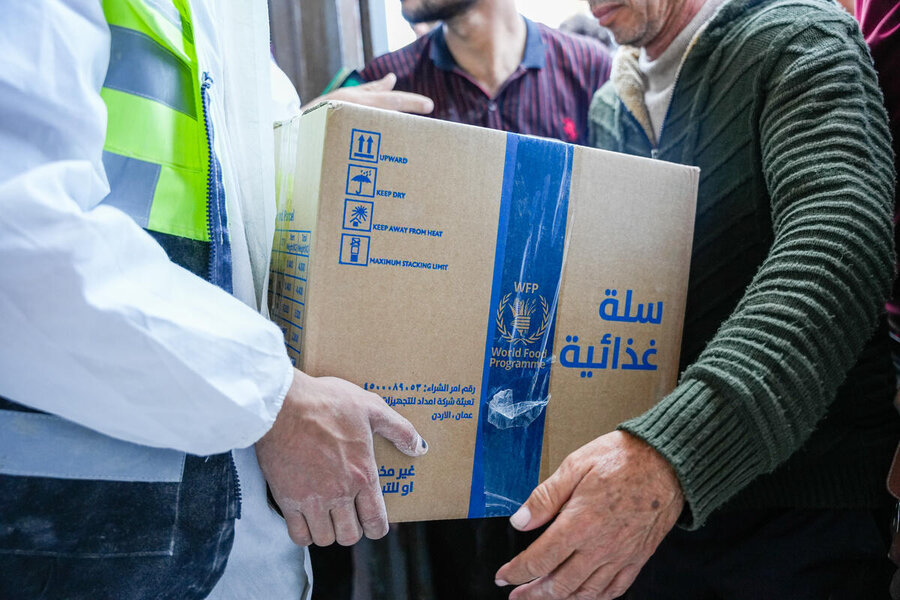
9.
WFP bought 60 percent of the food used in its operations in local and regional markets in 2023, worth US$1.1 billion, saving time and money on transport costs and helping sustain and grow local economies.
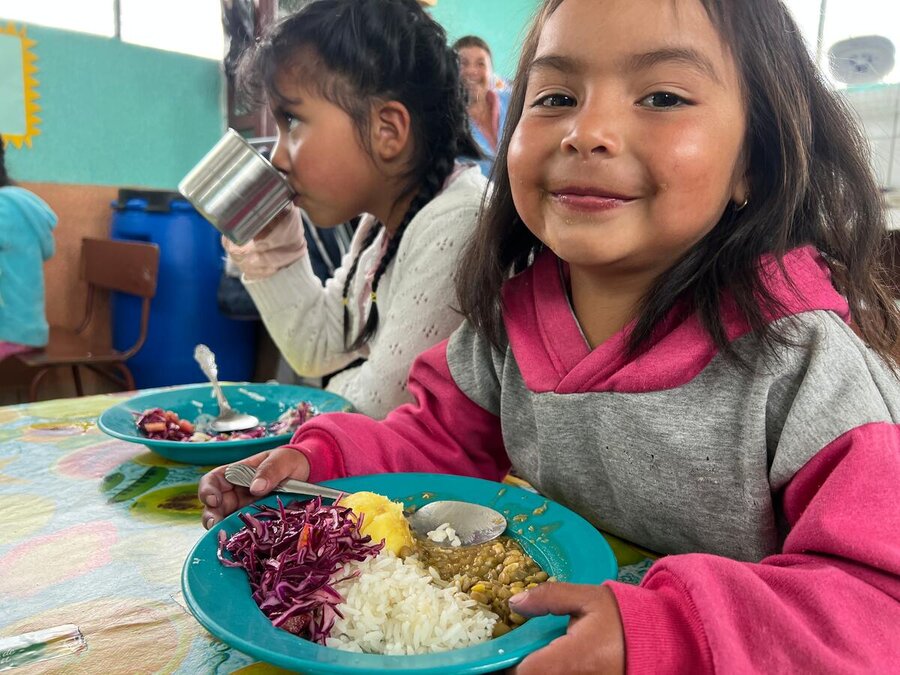
10.
WFP is the largest cash provider in the humanitarian community, increasing consumer choice and strengthening local markets. In 2023, WFP transferred US$2.9 billion in cash and vouchers in 76 countries, reaching 51.6 million people.






